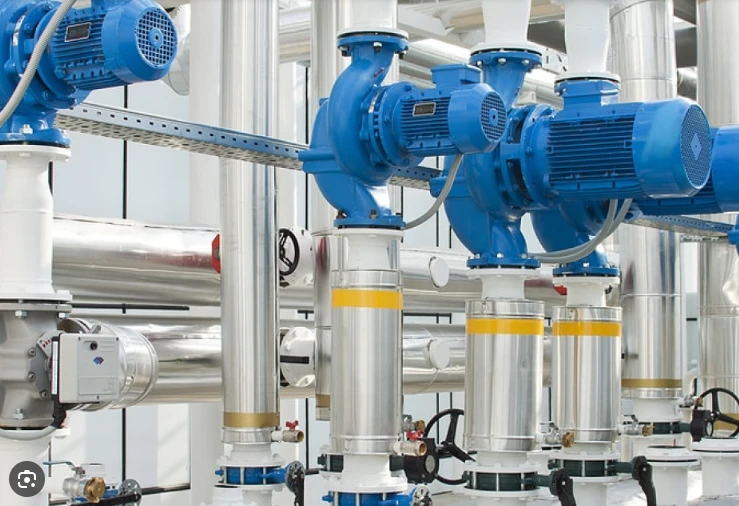Arabic
- Afrikaans
- Albanian
- Amharic
- Arabic
- Armenian
- Azerbaijani
- Basque
- Belarusian
- Bengali
- Bosnian
- Bulgarian
- Catalan
- Cebuano
- Corsican
- Croatian
- Czech
- Danish
- Dutch
- English
- Esperanto
- Estonian
- Finnish
- French
- Frisian
- Galician
- Georgian
- German
- Greek
- Gujarati
- Haitian Creole
- hausa
- hawaiian
- Hebrew
- Hindi
- Miao
- Hungarian
- Icelandic
- igbo
- Indonesian
- irish
- Italian
- Japanese
- Javanese
- Kannada
- kazakh
- Khmer
- Rwandese
- Korean
- Kurdish
- Kyrgyz
- Lao
- Latin
- Latvian
- Lithuanian
- Luxembourgish
- Macedonian
- Malgashi
- Malay
- Malayalam
- Maltese
- Maori
- Marathi
- Mongolian
- Myanmar
- Nepali
- Norwegian
- Norwegian
- Occitan
- Pashto
- Persian
- Polish
- Portuguese
- Punjabi
- Romanian
- Russian
- Samoan
- Scottish Gaelic
- Serbian
- Sesotho
- Shona
- Sindhi
- Sinhala
- Slovak
- Slovenian
- Somali
- Spanish
- Sundanese
- Swahili
- Swedish
- Tagalog
- Tajik
- Tamil
- Tatar
- Telugu
- Thai
- Turkish
- Turkmen
- Ukrainian
- Urdu
- Uighur
- Uzbek
- Vietnamese
- Welsh
- Bantu
- Yiddish
- Yoruba
- Zulu
Telephone: +86 13120555503
Email: frank@cypump.com
ديسمبر . 12, 2024 01:42 Back to list
toilet sewage pump
Understanding Toilet Sewage Pumps An Essential Guide
Toilet sewage pumps, often referred to as macerator pumps, play a crucial role in modern plumbing systems. These specialized devices are designed to manage the movement of wastewater and sewage away from residential and commercial structures. When gravity cannot effectively carry waste to the main sewer line, sewage pumps ensure that these materials are disposed of properly and efficiently.
What is a Toilet Sewage Pump?
A toilet sewage pump is a submersible device that is employed to pump sewage, wastewater, and other household or industrial effluents when it is located below the level of the main sewer line. The pump works by grinding solid waste and toilet paper into a slurry mix that can be easily transported through pipes to a sewage treatment facility or a holding tank. This process is vital in areas where conventional gravity-based systems are unfeasible, such as basements, remote cabins, or any structure situated below the sewer line.
How Do Toilet Sewage Pumps Work?
The operation of a toilet sewage pump involves several key components, including the pump itself, a macerator, and a discharge pipe. When the toilet is flushed, the wastewater enters the pump reservoir. The macerator then uses sharp blades or impellers to chop solid waste into smaller particles. This grinding process is essential as it prevents clogging within the discharge pipes and allows for easier transport.
Once the waste is adequately emulsified, the pump is activated. Depending on the model and design, the pump may use either buoyancy—a float switch—or a timer to detect when the reservoir is full. When activated, the pump forces the slurry through the discharge pipe to the main sewer line, effectively moving waste away from the home.
Advantages of Using Toilet Sewage Pumps
1. Versatility Sewage pumps are particularly useful in locations where the sewage line cannot be accessed by gravity alone. They are ideal for basement bathrooms, half-bathrooms, and additional toilets installed in garages or outbuildings.
toilet sewage pump

2. Space Saving Macerating toilets and sewage pumps permit the installation of bathrooms in small or unusual spaces. Since they do not require traditional plumbing layouts, homeowners can design their homes more flexibly.
3. Cost-Effective While the initial cost of a sewage pump and macerating toilet may be higher than traditional fixtures, they often save money on extensive plumbing renovations and allow for more cost-effective home additions.
4. Efficiency Modern sewage pumps are designed to be efficient and energy saving, which can help reduce utility bills.
Installation and Maintenance
While installing a toilet sewage pump can be a DIY project for skilled homeowners, seeking professional installation is recommended to ensure optimal performance. The installation typically involves mounting the pump onto a firm base, connecting the macerator to the toilet and the discharge pipe, and ensuring that all connections are secure to avoid leaks.
Regular maintenance is key to the longevity of the sewage pump. Homeowners should routinely check for clogs, monitor the operation of the macerator, and clean the pump and its components. It is advisable to avoid flushing non-biodegradable items, such as wipes and feminine products, as they can lead to blockages and damage the pump.
Conclusion
Toilet sewage pumps are an integral part of modern plumbing systems, facilitating the safe and efficient disposal of wastewater and sewage in challenging environments. Understanding how these systems work and the benefits they offer will help homeowners make informed decisions when considering bathroom renovations or installations. Proper maintenance and usage will ensure that these pumps serve their purpose effectively, providing peace of mind while safeguarding key sanitation needs. Whether for a new construction project or an existing home, toilet sewage pumps represent innovation in managing waste, ensuring that sanitation remains paramount in comfortable living spaces.
-
Heavy-Duty Mining Sludge Pumps - Wear-Resistant Slurry Handling
NewsAug.02,2025
-
Horizontal Split Case Pump with GPT-4 Turbo | High Efficiency
NewsAug.01,2025
-
ISG Series Pipeline Pump - Chi Yuan Pumps | High Efficiency, Durable Design
NewsAug.01,2025
-
Advanced Flue Gas Desulfurization Pump with GPT-4 Turbo | Durable & Efficient
NewsJul.31,2025
-
ISG Series Vertical Pipeline Pump - Chi Yuan Pumps | Advanced Hydraulic Design&Durable Construction
NewsJul.31,2025
-
ISG Series Vertical Pipeline Pump - Chi Yuan Pumps | Energy Efficient & Low Noise
NewsJul.31,2025










